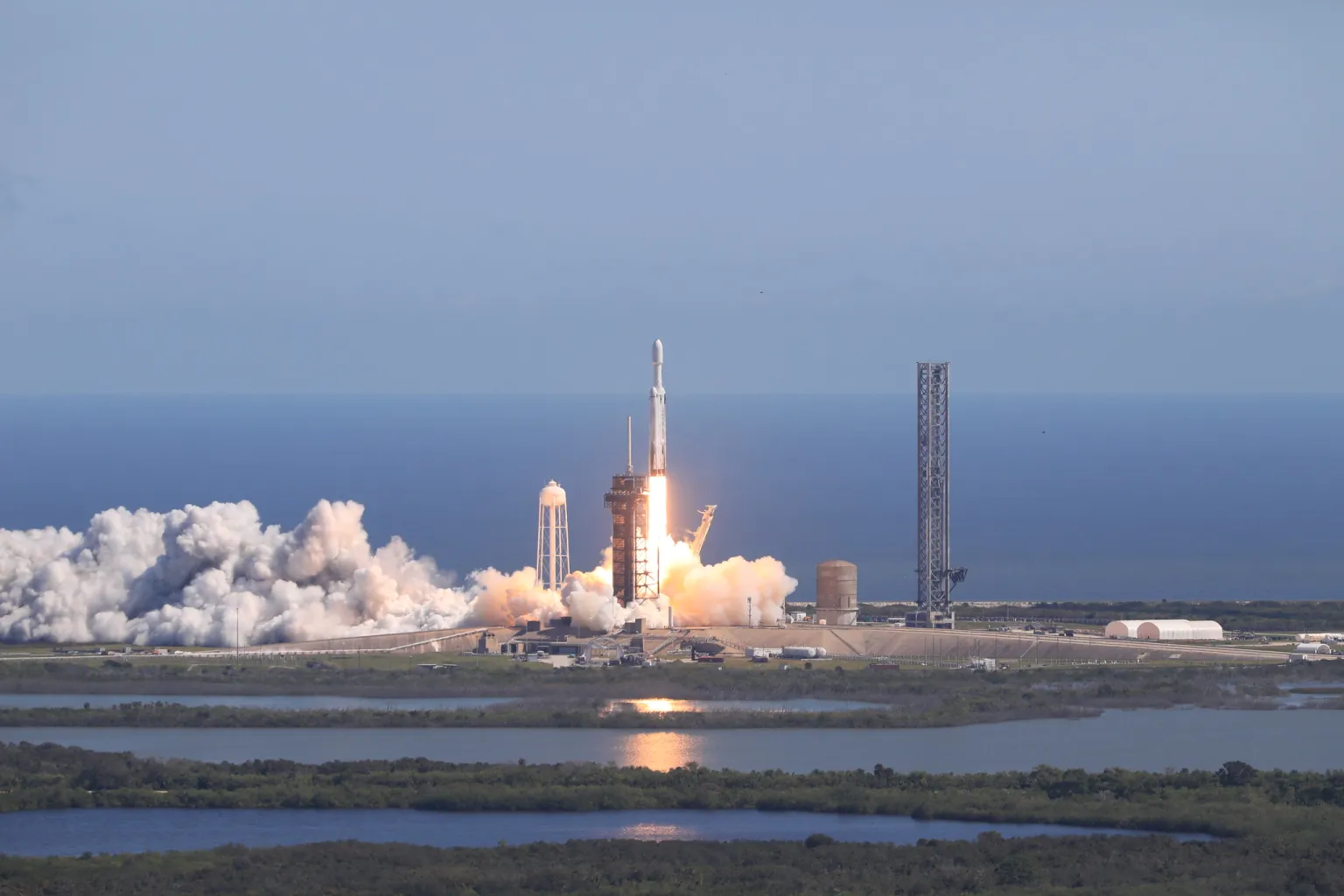| Summary |
|
NASA’s Europa Clipper spacecraft has begun its journey to Jupiter after launching on a SpaceX Falcon Heavy rocket from Kennedy Space Center in Florida on October 14, 2024, at 12:06 p.m. local time (16:06 GMT). The $5 billion mission aims to investigate whether Europa, one of Jupiter’s largest moons, could host conditions suitable for life beneath its thick shell of ice.
The launch had originally been scheduled for October 10 but was postponed when Hurricane Michael swept across Florida’s coast, delaying preparations at the Cape. Once conditions improved, the heavy-lift rocket carried the spacecraft into orbit before sending it on a trajectory toward the outer solar system.
Europa Clipper is set to travel nearly 1.8 billion miles over the next six years, arriving at Jupiter in 2030. Instead of orbiting Europa directly, the spacecraft will circle Jupiter and conduct dozens of close flybys of the moon. This design reduces radiation exposure from Jupiter’s magnetic field while still allowing the probe to collect detailed data.
Scientists are particularly interested in Europa because its subsurface ocean, hidden beneath a thick icy crust, is believed to contain more water than all of Earth’s oceans combined. This has made it one of the most promising locations in the search for extraterrestrial life within our solar system.
The spacecraft carries a suite of advanced instruments designed to study Europa’s ice shell, surface features, and the composition of its saltwater ocean. Cameras and spectrometers will map the surface, while radar instruments will probe the layers of ice to determine its thickness.
One of the mission’s key goals is to fly through possible plumes of water vapor venting from Europa’s surface, similar to those observed on Saturn’s moon Enceladus by the Cassini spacecraft in 2005. Sampling these plumes could reveal whether the hidden ocean contains chemical ingredients that support life.
With Europa Clipper now on its way, NASA hopes the mission will provide the clearest evidence yet about whether one of Jupiter’s frozen moons is capable of sustaining living organisms.

